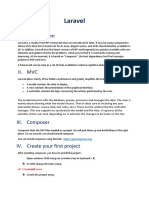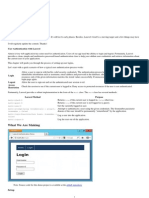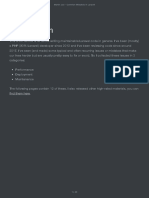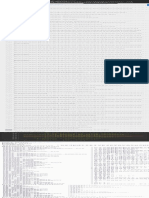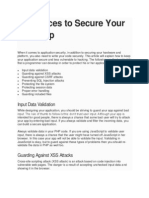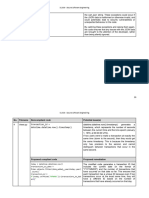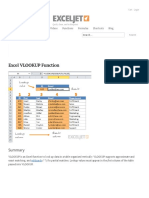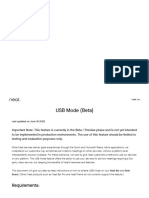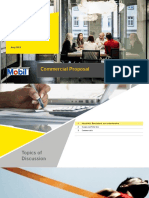0% found this document useful (0 votes)
60 views14 pagesLaravel Framework
The document outlines various security vulnerabilities in Laravel applications, including XSS, SQL injection, and broken access control, along with examples of noncompliant and compliant code. It emphasizes the importance of input validation, proper access control, and secure coding practices to mitigate these vulnerabilities. Additionally, it provides recommendations for implementing security measures such as logging, environment variable usage, and cryptographic best practices.
Uploaded by
Krishnendu DeCopyright
© © All Rights Reserved
We take content rights seriously. If you suspect this is your content, claim it here.
Available Formats
Download as DOCX, PDF, TXT or read online on Scribd
0% found this document useful (0 votes)
60 views14 pagesLaravel Framework
The document outlines various security vulnerabilities in Laravel applications, including XSS, SQL injection, and broken access control, along with examples of noncompliant and compliant code. It emphasizes the importance of input validation, proper access control, and secure coding practices to mitigate these vulnerabilities. Additionally, it provides recommendations for implementing security measures such as logging, environment variable usage, and cryptographic best practices.
Uploaded by
Krishnendu DeCopyright
© © All Rights Reserved
We take content rights seriously. If you suspect this is your content, claim it here.
Available Formats
Download as DOCX, PDF, TXT or read online on Scribd
/ 14





